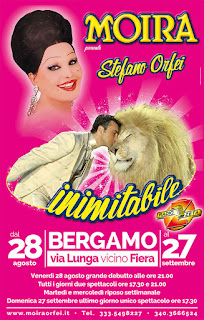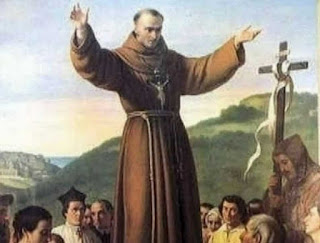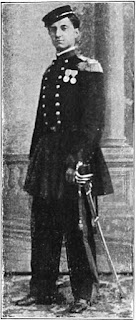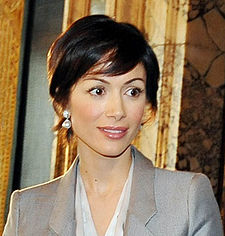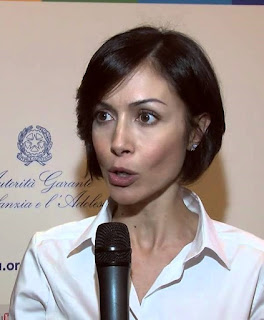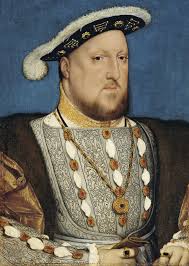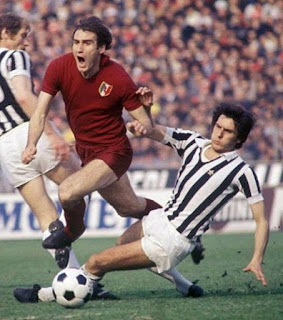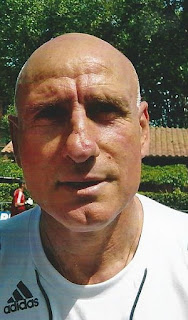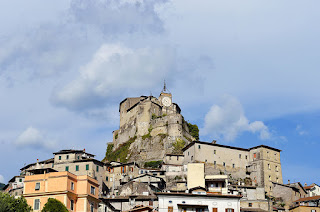Musician was also a composer and conductor
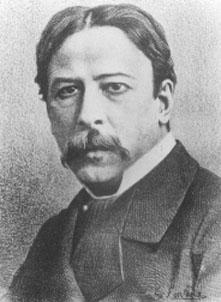 |
| Giovanni Bottesini took up the double bass so he could attend Milan Conservatory |
He became such a brilliant and innovative performer on his chosen instrument that he became known as “the Paganini of the double bass” - a reference to the great violin virtuoso Niccolò Paganini, whose career was ending just as his was beginning.
Bottesini was one of the first bassists to adopt the French-style bow grip, previously used solely by violinists, violists and cellists.
He was also a respected conductor, often called upon to direct performances at the leading theatres in Europe and elsewhere, and a prolific composer, particularly in the last couple of decades of his life.
A close friend of Giuseppe Verdi, he wrote a dozen operas himself, music for chamber and full orchestras, and a considerable catalogue of pieces for double bass, for accompaniment by piano or full orchestra, or duets.
When conducting opera, Bottesini would often bring his double bass on stage to play fantasies based on the evening's opera, of his own composition, during the intermission. His fantasies on Gaetano Donizetti’s Lucia di Lammermoor and Vincenzo Bellini’s I puritani and Beatrice di Tenda are outstanding pieces still played today by accomplished bassists.
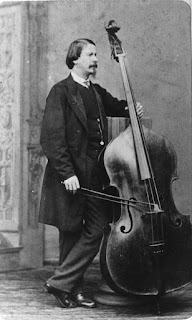 |
| Bottesini with the Testore bass that served him well through his career |
During his childhood, Giovanni is thought to have played the kettle-drums in the orchestra of the Teatro Sociale as well as in theatre orchestras in Bergamo and Brescia. He also sang as boy soprano in the cathedral choir in Parma.
His father was keen for him to study at the Milan Conservatory, but the family were not wealthy and the only possibility of a place was to be granted a scholarship. As it happens, the only two positions available were for double bass and bassoon. Choosing the former, he had to learn to play the double bass to a respectable standard within days, yet did so and after an audition was granted a place.
In fact, he became so good so rapidly that only four years after starting his studies - much faster than with most students - Bottesini won a prize of 300 francs for solo playing. It was enough for him to buy an instrument made by the 18th century luthier Carlo Antonio Testore, and to launch his career.
He travelled abroad, spending time in the United States and in Cuba - then still part of Spain’s empire in South America - where he was the principal double-bass in the Italian opera at Havana, of which he later became director. His first opera, Cristoforo Colombo, was produced there in 1847.
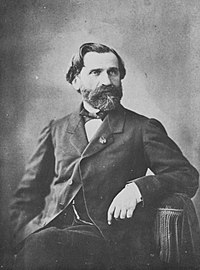 |
| Giuseppe Verdi recommended Bottesini as director of Parma Conservatory |
As a conductor, Bottesini worked at the Théâtre des Italiens in Paris from 1855 to 1857. Between 1861 and 1862 he conducted in Palermo, and in 1863 went to Barcelona. In 1871 he conducted a season of Italian opera at the Lyceum theatre in London and he was chosen by Verdi to conduct the first performance of Aida, which took place in Cairo on December 27, 1871.
Bottesini's bass, which was noted for the purity of the sound he was able to produce with it, was built by Testore in 1716. The instrument was owned previously by several unknown bass players before Bottesini paid 900 lire for it in 1838. It is now owned by a private collector in Japan.
In 1888, Bottesini was appointed director of Parma Conservatory on Verdi's recommendation. The following year, he died in Parma at the age of 67.
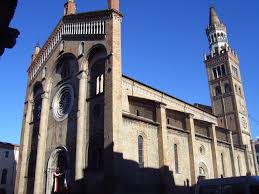 |
| The Duomo at Crema, a short distance from the street in which Bottesini grew up |
Crema, a small city that sits on the banks of the Serio river about 50km (31 miles) east of Milan, has an attractive historic centre built around the Piazza del Duomo. Apart from the cathedral itself, built in Lombard Gothic style in the 14th century with a tall bell tower completed in 1604, the Palazzo Pretorio and the Palazzo Comunale can also be found off the square. The Teatro Sociale, the only surviving part of which stands in Piazza Guglielmo Marconi, a short distance from the Duomo, was destroyed in a fire in 1937. Bottesini grew up in a house in Via Carrera, within a short walk of both the theatre and the cathedral. The city’s other attractions include the circular 16th century Basilica of Santa Maria della Croce.
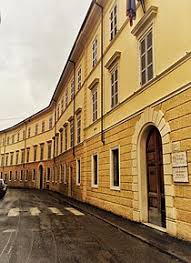 |
| The Conservatorio Arrigo Boito in Parma, where Bottesini was director |
Parma, where Bottesini spent his last months, is an historic city in the Emilia-Romagna region, famous for its Prosciutto di Parma ham and Parmigiano Reggiano cheese, the true ‘parmesan’. In 1545 the city was given as a duchy to the illegitimate son of Pope Paul III, whose descendants ruled Parma till 1731. The composer, Verdi, was born near Parma at Bussetto and the city has a prestigious opera house, the Teatro Regio. The Conservatory, named in honour of Arrigo Boito, who wrote the libretti for many of Verdi’s operas, is on Strada Conservatorio.
Search TripAdvisor for hotels in Parma
More reading:
The Venetian who became the best double bass player in Europe
The jealous streak of composer Giovanni Paisello
The short but brilliant career of Vincenzo Bellini
Also on this day:
1858: The birth of the brilliant composer Giacomo Puccini
1908: The birth of sculptor Giacomo Manzù
1963: The birth of footballer Giuseppe Bergomi
Home

